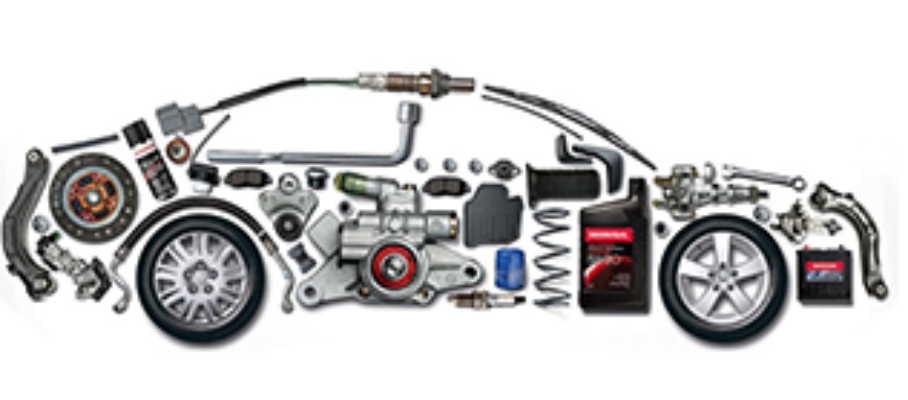Oct 30 2020
Who Uses Statistical Design Of Experiments In Manufacturing?
Next to SPC, Design of Experiments (DOE) is the most common topic in discussions of Statistical Quality. Outside of niches like semiconductors or pharmaceuticals, however, there is little evidence of use, particularly in production.
At many companies, management pays lip service to DOE and even pays for training in it. You must “Design experiments” if you pursue continuous improvement.
In manufacturing, DOE is intended to help engineers improve processes and design products. It is a rich but stable body of knowledge. The latest major innovation was Taguchi methods 40 years ago. Since then, Statistics has been subsumed under Data Science and new developments have shifted in emphasis from experimentation to Data Mining.
Experimentation in science and engineering predates DOE by centuries. Mastering DOE is a multi-year commitment that few manufacturing professionals have been willing to make. Furthermore, its effective use requires DOE know-how to be combined with domain knowledge.
Six Sigma originally attempted to train cadres of engineers called “Black Belts” in a subset to DOE. They then served as internal consultants to other engineers within electronics manufacturing. Six Sigma, however, soon lost this focus.







Dec 7 2020
More About VSMs From Jeffrey Liker
Thanks to Jeffrey Liker for providing additional details on the transformation of this tool. Initially, Toyota used it occasionally with suppliers. The Lean Enterprise Institute (LEI) turned it into the Value Stream Maps (VSM) that it has promoted as foundational to Lean.
Share this:
Like this:
By Michel Baudin • Management 4 • Tags: Information Flow, Lean, Marerials and Information Flow, Material Flow, MIFA, MIFD, TPS, VSM